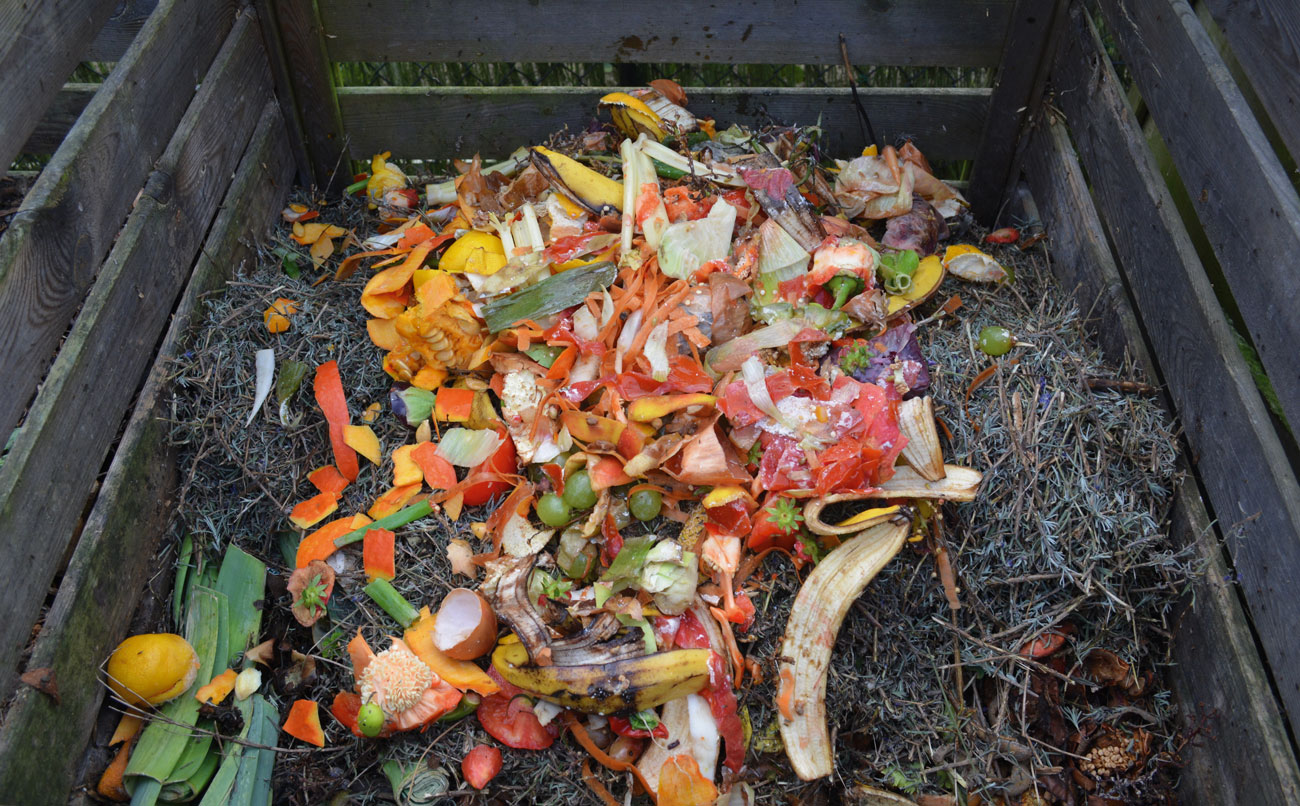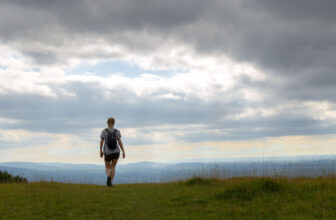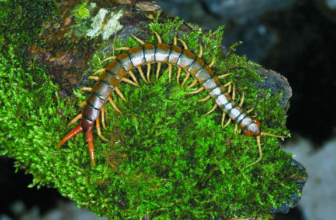
I’ve been gardening organically for the past 35 years, and thought it might be helpful to talk about it this month. The weather has largely been gorgeous, so what better time to have a re-think about how you garden?
Organic gardening (or wildlife gardening) is about working with nature rather than against it – and not seeing it as a “war” against the various creatures that come into the garden.
I’ve never actually even killed a slug – although I can’t say that I’m very fond of their sliminess, but they do an important job in terms of eating up leftovers (as well as some of your plants, if you’re unaware of what they don’t like the taste of!). They’re also of course food for frogs, toads, newts and birds, so they’re important from that point of view too. I never cease to be horrified by the fact that some people still use slug pellets (and not the wildlife friendly ones either) without giving a thought to the fact that these horrible things kill everything that eats the slugs too (birds, newts, frogs etc).
If you’re interested in organic gardening, then one of the best things you can do is just stop adding products to your garden and stop trying to make it so tidy! What you consider messy is often important nutrition for other creatures.

Some suggestions to get you started:
A) Make your own compost! People spend an absolute fortune on compost when they can be making their own. Soft cuttings, vegetable and fruit peelings, herbivorous animal waste (my daughter only feeds her bunny organic food!), cardboard – as long as it hasn’t got painted lettering or sellotape on it, can go into your composter and then back onto your garden. Why give your peelings back to the Borough Council – you can bet that they’ll be using it themselves to make compost for their own flower beds!
B) Try to concentrate on more native and wild species in your garden as these will encourage about 250 times more types of insects and bugs than non-native species (quite mind boggling). It makes you realise that it’s hardly a surprise that so many people get infestations of various things when native creatures aren’t attracted to their gardens. It’s about making your garden attractive not just to you, but to as many wild creatures as possible.
C) Dig a wildlife pond (that means no fish). Wildlife ponds will attract loads of creatures, you don’t need to do anything but add some oxygenating plants and an easy exit for creatures that fall in, as well as creating places to hide if you have pussy cats. My pond is only small but it’s heaving with newts, frogs and I have some toads who frequent the garden too. The pond will soon get caddis fly larvae, dragon and damsel fly larvae and loads of other creatures. It’s also a brilliant way to start teaching your children about wildlife.
D) Create places for bugs. You really don’t have to go to huge amounts of trouble and yes, the bug houses in garden centres are really lovely to look at but quite frankly, a couple of old logs will do the job just as well.
E) Don’t dig your soil unless planting or digging something up. This may sound really weird but actually there should be lots of carbon in our garden soil which also dramatically increases its biodiversity. By digging all the time, you are effectively releasing carbon dioxide into the atmosphere and when you consider that all of the gardens in the UK take up more land space than all of our National Parks, it makes you realise that we can have a bit of an impact here. Instead, place wilted soft cuttings and leaves on your beds in the Autumn (keep stuff you’ve cut back for later basically). It will feed your soil perfectly and the worms will do the rest.
F) As I’ve already mentioned above, don’t kill anything! Realise that everything has its place in the natural order and find out what plants slugs and snails hate to eat. The list is quite extensive and I can post something about that another day.
G) Erase the word WEED from your vocabulary! This term simply means something that you don’t want or like or a plant that’s in the “wrong” place. I’ve had plenty of those over the years and none of them have been wild plants. As for wild plants, incorporate some of them into your garden too as they can be incredibly beautiful; I think my own garden is about half native wild plants and half cultivated plants (and the picture is my bed of wild garlic (Ransoms), Green Alkanet and Solomon’s Seal). You’ll be rewarded by more birds, more bees, tadpoles, newts, dragonflies and lots more. We need to rely more and more on the tiny creatures in the future so looking after them in your own garden, or even your own window box will really help.
by Sharon Duggan
www.facebook.com/howtoliveagreenerlife











